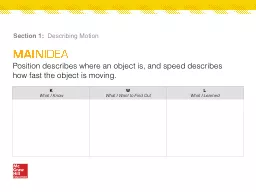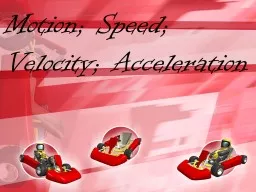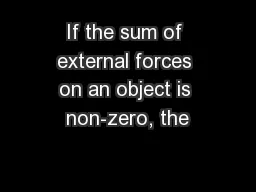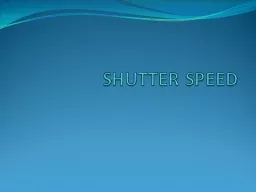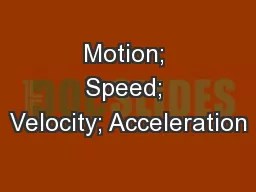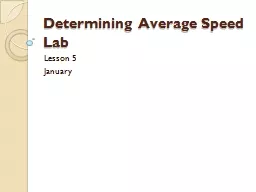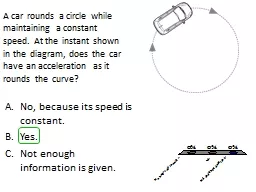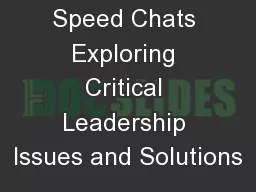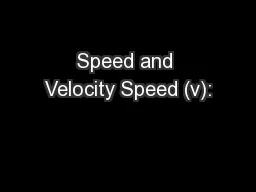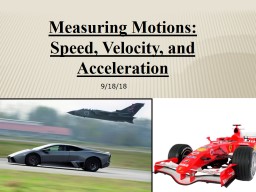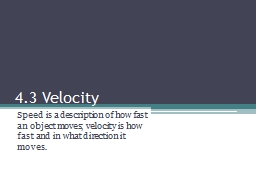PPT-Position describes where an object is, and speed describes
Author : tatiana-dople | Published Date : 2016-03-25
how fast the object is moving Section 1 Describing Motion K What I Know W What I Want to Find Out L What I Learned 2D Organize analyze evaluate make inferences
Presentation Embed Code
Download Presentation
Download Presentation The PPT/PDF document "Position describes where an object is, a..." is the property of its rightful owner. Permission is granted to download and print the materials on this website for personal, non-commercial use only, and to display it on your personal computer provided you do not modify the materials and that you retain all copyright notices contained in the materials. By downloading content from our website, you accept the terms of this agreement.
Position describes where an object is, and speed describes: Transcript
Download Rules Of Document
"Position describes where an object is, and speed describes"The content belongs to its owner. You may download and print it for personal use, without modification, and keep all copyright notices. By downloading, you agree to these terms.
Related Documents

